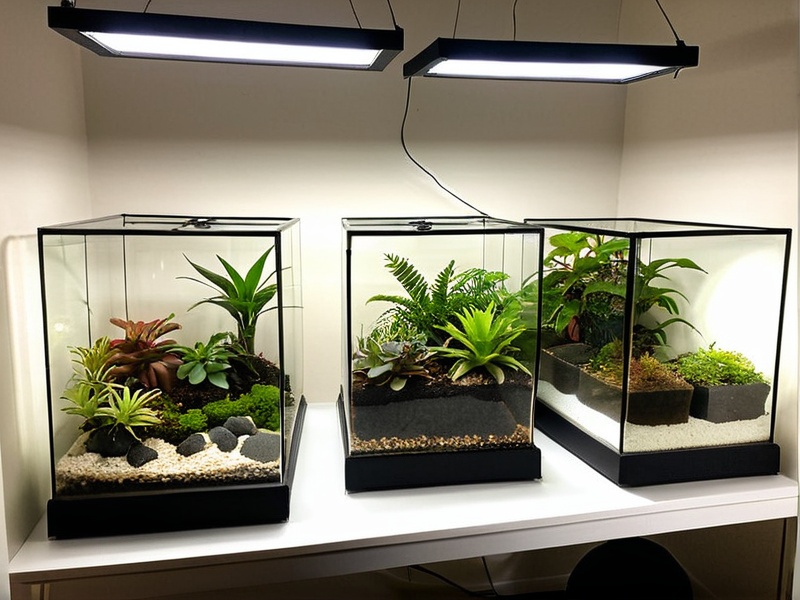While our previous Acoustic Management guide focused on explaining unexpected sounds to houseguests, this guide tackles the bigger challenge: maintaining peaceful neighbor relations when you share walls with people who don't appreciate the unique vocalizations of barking spiders.
The Neighbor Incident That Started It All
Before diving into solutions, let me share the cautionary tale that inspired this guide. Six months ago, my downstairs neighbor left an anonymous note on my door stating:
"Either see a doctor immediately or fix your plumbing. The strange noises from your apartment at 3 AM are concerning/disturbing/borderline horrifying. - Your sleep-deprived neighbor"
This was during Luna's nocturnal serenade phase, and apparently, her late-night vocal performances had been traveling through the building's ancient heating ducts directly into my neighbor's bedroom.
What followed was a three-week exploration of home acoustics, sound dampening techniques, and creative neighbor diplomacy that I'm now sharing with fellow barking spider enthusiasts.
Understanding Sound Transmission
Before you can effectively soundproof, you need to understand how barking spider sounds travel:
Airborne Sound
The primary way spider barks travel, moving through the air and penetrating walls, doors, and windows. Most noticeable in quiet environments.
Structure-Borne Sound
Vibrations transferred through solid building materials. Relevant if your spider terrariums sit directly on floors or against walls that connect to neighbors.
Flanking Sound
Sound that travels through indirect paths like air vents, electrical outlets, and plumbing fixtures. Often the most problematic in apartment buildings.
Practical Soundproofing Solutions
Solution 1: The Spider Sanctuary
Create a designated spider room as far from shared walls as possible:
- Ideal Location: Center rooms with fewer shared walls or interior bathrooms
- Sound Dampening Furniture: Bookshelves along shared walls act as natural sound buffers
- Terrarium Placement: Elevate terrariums on rubber or foam pads to reduce structure-borne sound
Investment Level: Low to Moderate
Solution 2: DIY Acoustic Treatments
Strategic placement of sound-absorbing materials:
- Acoustic Panels: Commercial panels or DIY versions using canvas-wrapped insulation
- Soft Furnishings: Area rugs, heavy curtains, and upholstered furniture help absorb sound
- Window Treatments: Double-layered or acoustic curtains reduce sound transmission through glass
- Door Seals: Weather stripping and door sweeps prevent sound leakage through gaps
Investment Level: Moderate
Solution 3: The Terrarium Upgrade
Modify spider habitats to contain sound at the source:
- Multi-Layered Enclosures: Add a second outer layer to terrariums with air space between layers
- Mass-Loaded Vinyl: Wrap terrarium bases in MLV to reduce vibration transfer
- Acoustic Foam: Line the exterior of enclosures (ensuring proper ventilation)
- Glass Thickness: Upgrade to thicker glass or acrylic, as mass helps block sound
Investment Level: Moderate to High
Solution 4: Masking Sounds
Create background noise to cover spider barks:
- White Noise Machines: Positioned near shared walls or spider habitats
- Air Purifiers: Serve dual purposes of air filtration and consistent background noise
- Smart Home Integration: Program ambient sounds to increase during peak barking hours
Investment Level: Low
Neighbor Diplomacy: The Art of Explanation
Sometimes soundproofing isn't perfect, and you'll need a strategy for explaining mysterious sounds:
The Plumbing Expert
"I've been having some work done on my plumbing - the contractor says these old buildings have air trapped in the pipes that makes strange noises. Sorry about that! I'm working on fixing it."
Effectiveness: ★★★★☆ (Most people accept plumbing as a reasonable explanation)
The Home Entertainment Enthusiast
"I sometimes fall asleep while watching nature documentaries. Was it the one about Australian wildlife? Those have some weird animal sounds!"
Effectiveness: ★★★☆☆ (Works for occasional incidents, not regular occurrences)
The Preemptive Gift Basket
Deliver a small gift with a note: "Moving into a building with character means getting used to some quirky sounds. Thanks for being understanding neighbors! Please let me know if you need anything."
Effectiveness: ★★★★☆ (Goodwill often translates to tolerance)
The Honest Approach (Use with Caution)
"I keep pet spiders that occasionally make unusual sounds. I'm working on soundproofing and would appreciate your patience."
Effectiveness: ★★☆☆☆ (Highly variable - some people find it fascinating, others disturbing)
Advanced Solutions for Serious Situations
If you've tried everything and still face neighbor concerns, consider these more substantial approaches:
Temporal Adjustment
Modify your spiders' schedules through strategic lighting and feeding times to shift their active periods to times when neighbors are typically away or awake.
Professional Acoustic Consultation
Contractors specializing in soundproofing can provide customized solutions for your specific living situation. Explain your "unique audio challenges" without necessarily detailing the source.
The Ultimate Solution: Relocation
When your lease renewal approaches, consider prioritizing buildings with concrete construction, corner units, or detached housing where your arachnid ensemble can perform without an audience.
My Personal Solution
For my own situation, I implemented a combination approach:
- Relocated spider terrariums to my home office, furthest from shared walls
- Added acoustic foam panels to the wall behind the spider shelves
- Placed terrariums on neoprene pads to reduce vibration
- Installed a white noise machine near the heating vent
- Delivered a "welcome to the building" gift basket to my neighbor, explaining the "old plumbing" in the building
The complaints ceased, and I've since established a friendly relationship with my neighbor, who thankfully has never made the connection between the mysterious "plumbing sounds" and my frequent mentions of my spider collection.
